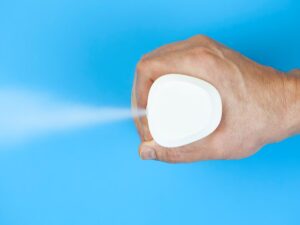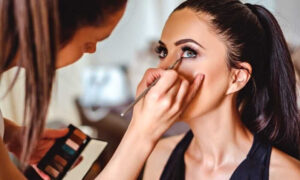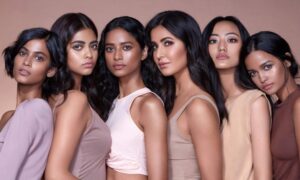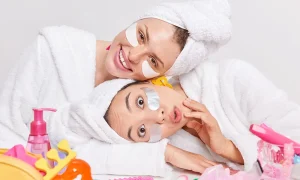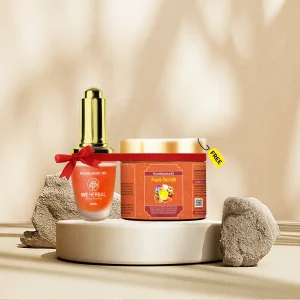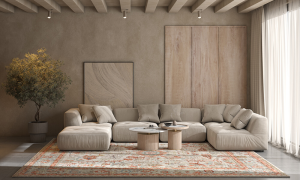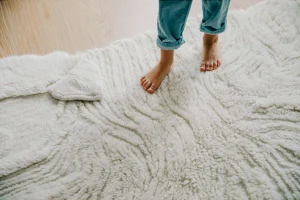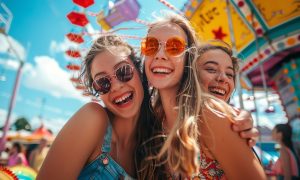Makeup Trends Through the Ages: A Journey Through the Evolution of Beauty Standards
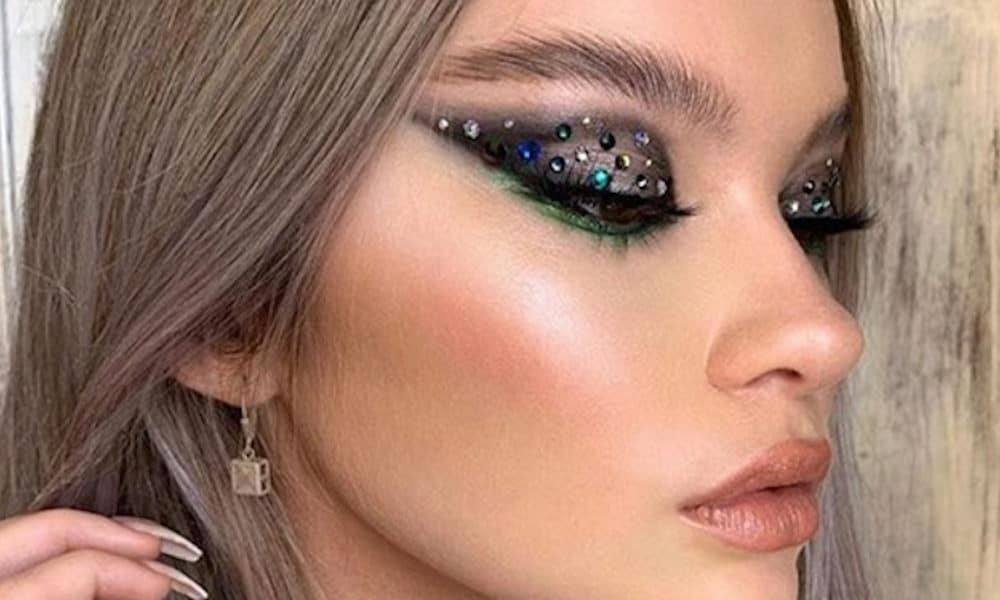
Beauty standards have been around since the beginning of time, and makeup has always been a tool to enhance one’s appearance according to those standards. Over the years, makeup trends have evolved drastically, reflecting the changes in society’s perception of beauty.
Ancient Times
In ancient times, makeup was not used solely for cosmetic purposes. It was used for religious and cultural practices. Egyptians used kohl to line their eyes, while Greeks and Romans used lead-based cosmetics to whiten their skin. In China, the use of red lipstick was a sign of status and wealth.
The Middle Ages
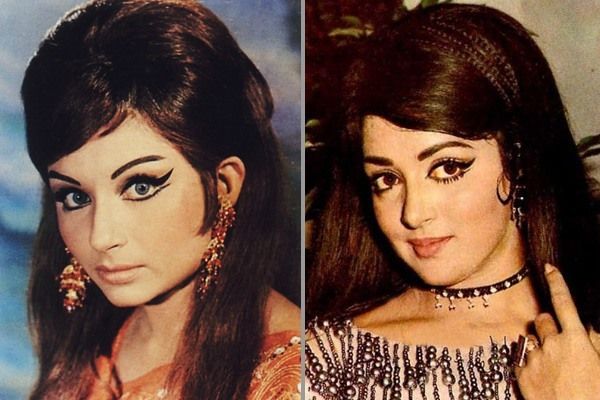
During the Middle Ages, makeup was frowned upon as it was associated with prostitution and witchcraft. Pale skin was considered beautiful, and women used lead-based white makeup to achieve the desired look. However, in the Renaissance era, makeup made a comeback. Women used natural ingredients such as beetroot and mulberries to add color to their cheeks and lips.
The 1920s
The 1920s marked a significant shift in makeup trends. Women started to embrace a more natural look with the introduction of powder, blush, and mascara. The iconic flapper look featured dark, smoky eyes and bold red lips. The 1920s also saw the rise of beauty icons such as Clara Bow and Louise Brooks, who set the trend for short haircuts and dark, dramatic makeup.
The 1950s
The 1950s were all about glamour and sophistication. Women embraced a more polished look with perfectly curled hair, red lipstick, and winged eyeliner. The iconic beauty icons of the era, such as Marilyn Monroe and Audrey Hepburn, set the trend for the classic Hollywood look that is still popular today.
The 1980s
The 1980s were all about excess and boldness. Women embraced bright colors and bold makeup looks. The iconic Madonna look featured heavy eyeliner, bright red lipstick, and a beauty mark. The 1980s also saw the rise of punk and goth subcultures, which introduced bold, unconventional makeup looks.
The 2000s
The 2000s saw a return to the natural look with minimal makeup. The iconic look of the era was the “no-makeup” makeup look, which featured neutral colors and a dewy, glowing complexion. However, the 2000s also saw the rise of reality TV stars, who popularized heavy contouring and bold eyebrows.
Today
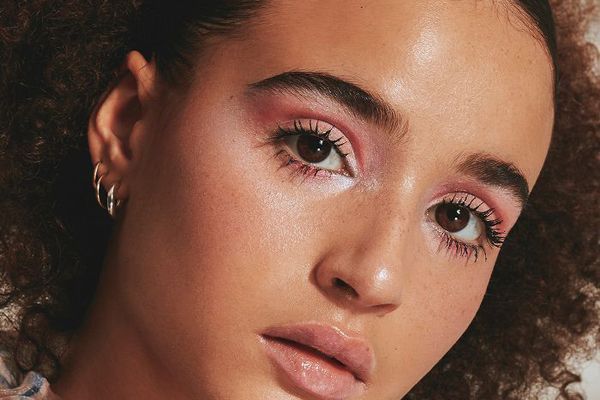
Today, makeup trends are more diverse than ever. Women can embrace natural, minimalistic looks or bold, unconventional looks. The rise of social media has also made makeup more accessible, with tutorials and product reviews available at the click of a button. The beauty industry has also become more inclusive, with a wider range of shades and products available for all skin types and tones.
- Makeup trends have come a long way since ancient times. They have evolved to reflect the changing beauty standards and societal norms. From the natural look of the 1920s to the boldness of the 1980s, makeup has been a reflection of the times.
- Today, makeup is more inclusive and diverse than ever, allowing women to express themselves in any way they choose.
- So, the next time you apply your makeup, remember that you are a part of a long and rich history of beauty and self-expression.


